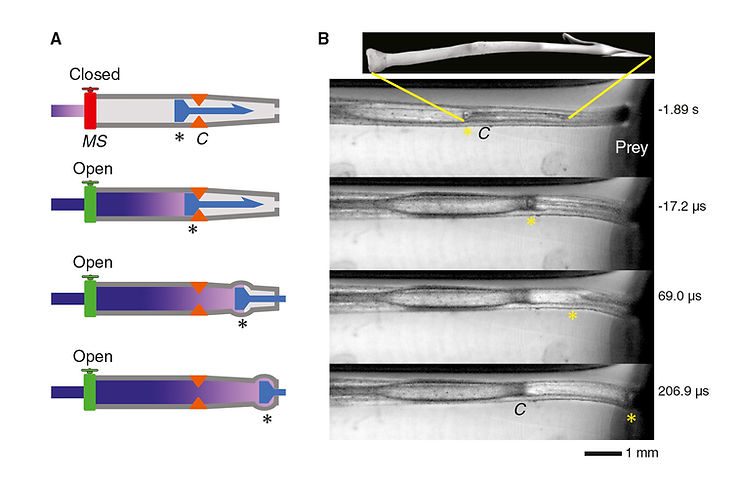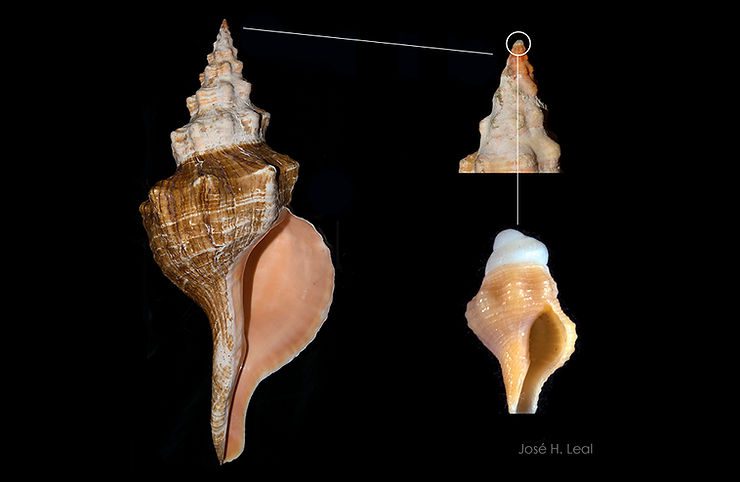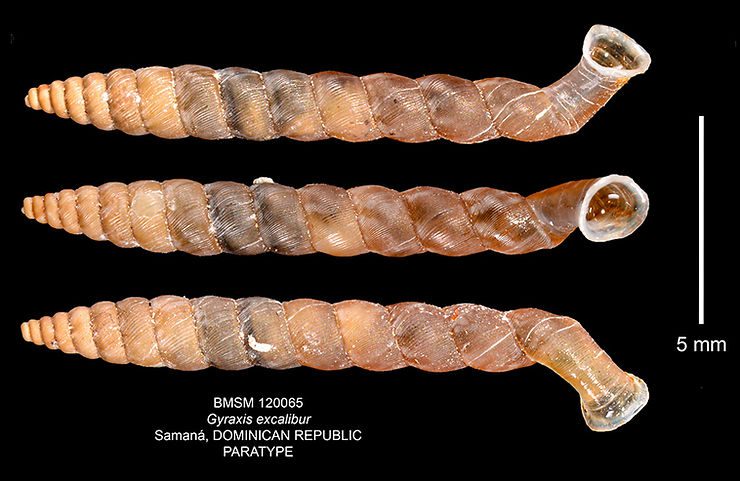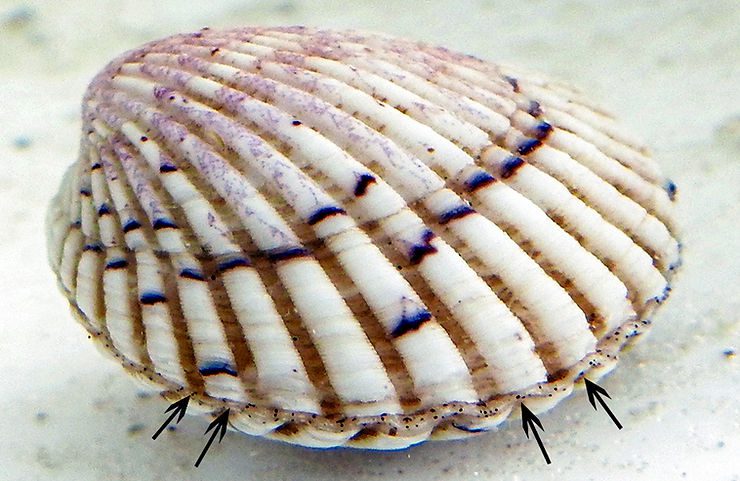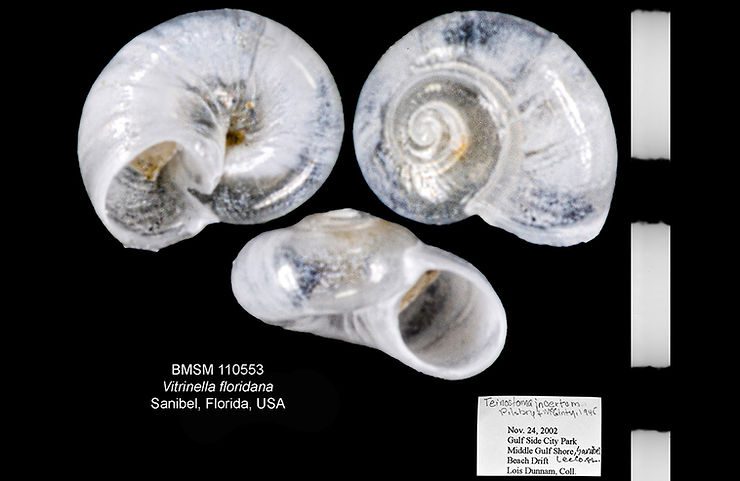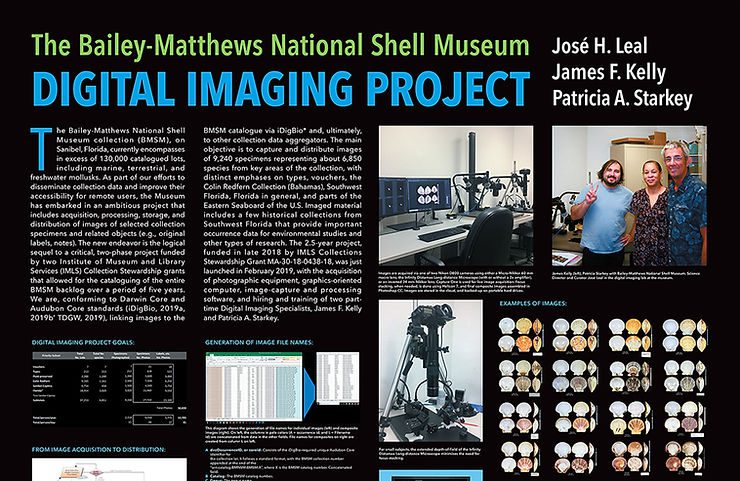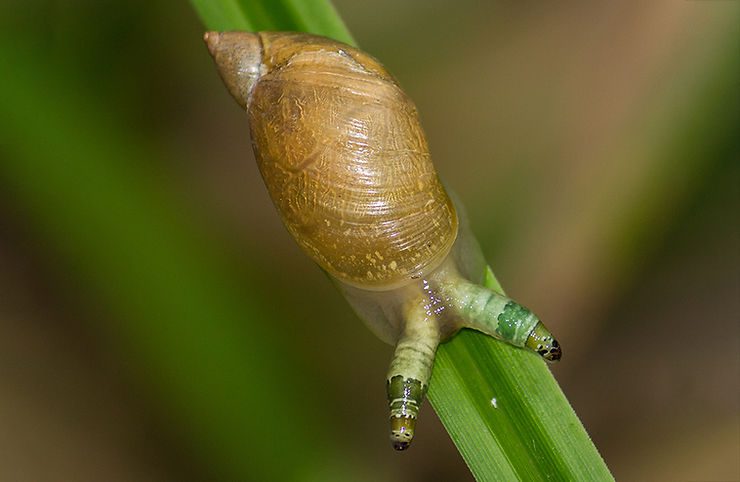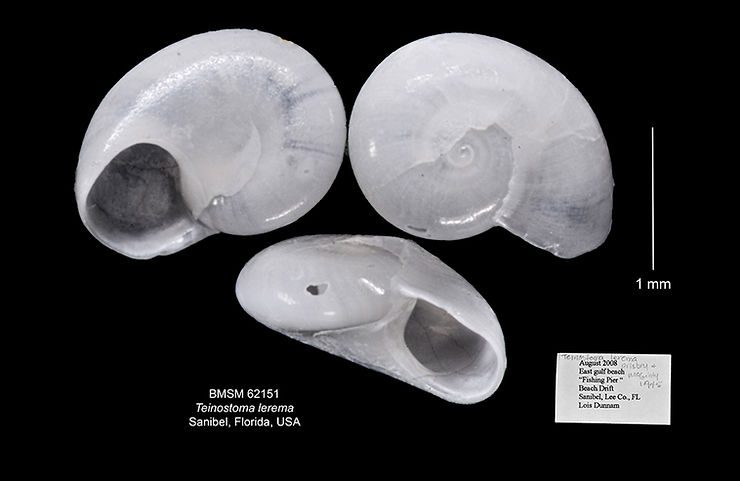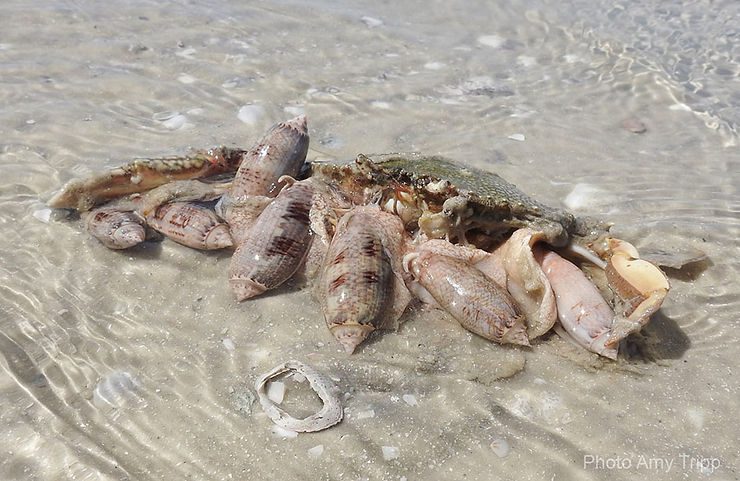
Speckled Crab and the Seven Olives
If a picture is worth a thousand words, how many words is an amazing picture worth? A million? Consider, for instance, this terrific photo of seven Lettered Olives, Americoliva sayana (Ravenel, 1834), feeding on the remains of a Speckled Swimming Crab, Arenaeus cribrarius (Lamarck, 1818). The capture leaves no room for doubt as to what was happening: It reminds me of a “clean-up crew” of vultures around roadkill, or hyenas feasting on an antelope carcass. Lettered Olives are known to prey on wor

